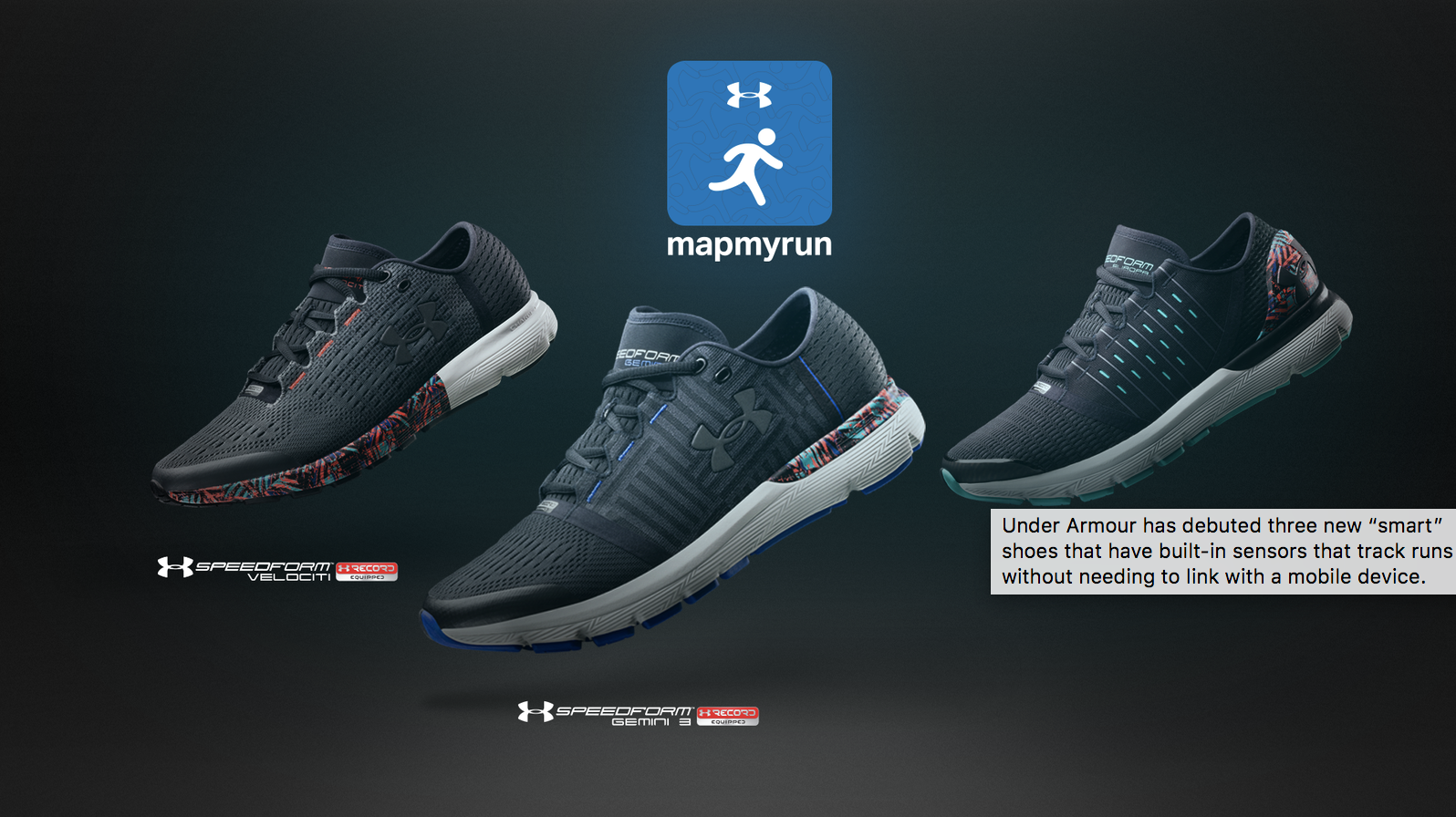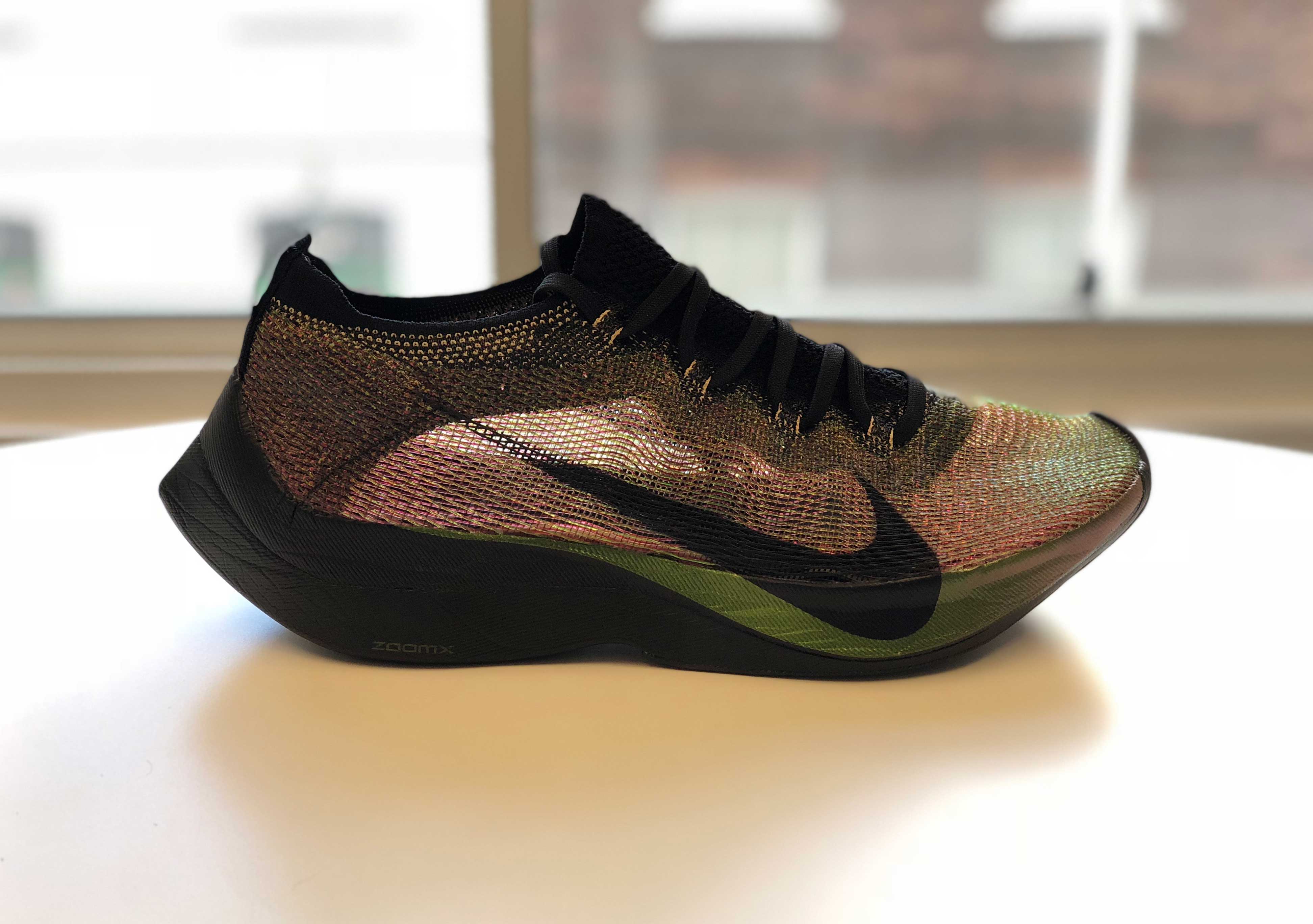Written by Sean Ho
The technology found in footwear has only been on the upward trend, and this year marks a new era in revolutionising footwear for the masses. From where the HyperAdapt 1.0 left off, the Adapt BB takes the power-lacing concept to the basketball court with updated technology and a retail price that’s less than half of the HyperAdapt 1.0. From this point onwards, sneakers will never just be a sneaker, but emphasises more as a tool to help enhance your life.

But the brand is not alone in their endeavour to research and extend the definition of what is known as a shoe. Ever since Nike introduced the self lacing sneaker in the form of Nike Air Mags, Under Armour too has hopped on board albeit targeted at a different aspect, a ‘smart sneaker’ with the release of their Under Armour Speedfoam collection, which include sensors that pair with an app, alerting the user with information such as the distance traveled, calories burned, and level of wear and tear on the sneakers.

Followed by Adidas, who borrowed an innovative process of Digital Light Synthesis technology. Created by a tech company Carbon, Adidas’ goal was to create a sneaker that is aesthetically pleasing at the same time built for performance. The 4D printing method of Digital Light Synthesis creates midsoles for the Adidas shoes that have garnered almost 20 years of athletic data, allowing the shoe to be precisely tuned for accurate energy return and long-lasting cushioning. However, such advanced methods of manufacturing has its drawbacks. Futurecraft productions were horribly low because it takes about an hour and a half to make one midsole, and isn’t just cost effective enough to warrant mass production. Adidas is looking to speed this up, and targets a production time of 20 minutes per pair to release at least a 100,000 pairs of the shoe.

3D printed uppers are also crawling out of its baby steps. In 2016, Hewlett-Packard (tech company) unveiled the HP Jet Fusion 3D Printing Solution, which HP now uses to help Nike produce 3D-printed sneakers. The result of this? The Vaporfly Elite Flyprint, a no-holds barred performance marathon shoe that scopes in on details like repelling moisture absorption by the upper to decrease the weight of the shoe as well as making it as lightweight as possible. HP promises its new 3D printing machines can print shoe parts up to 10 times faster, and at half the price than traditional 3D printing methods.
Speaking to Equinox, former design director at Jordan brand, D’Wayne Edwards mentioned “In the future, sneaker materials will absorb human DNA, which will enable them to not only change colour based on the wearer’s mood, heart rate, or body temperature, but also detect dehydration, high blood pressure, muscle strains, and much more.” This chart obviously speaks to some very alien territory for shoes, but at the rate that technology is progressing, it will be sooner rather than later that we’ll see more model like these.
It’s crazy to think decades ago when the internet was introduced by DARPA, everyone doubted the existence of it, even questioned its functionality, but now everything revolves around it. These advances will eventually trickle down to more mainstream footwear with a better price point that is affordable. Like flat-screen TVs and smartphones, someday we’ll all be able to afford ‘smart shoes’ that most of us can only dream about today. The future is a bright one, and I’m looking forward to it.


